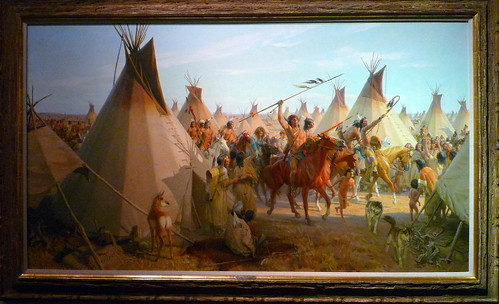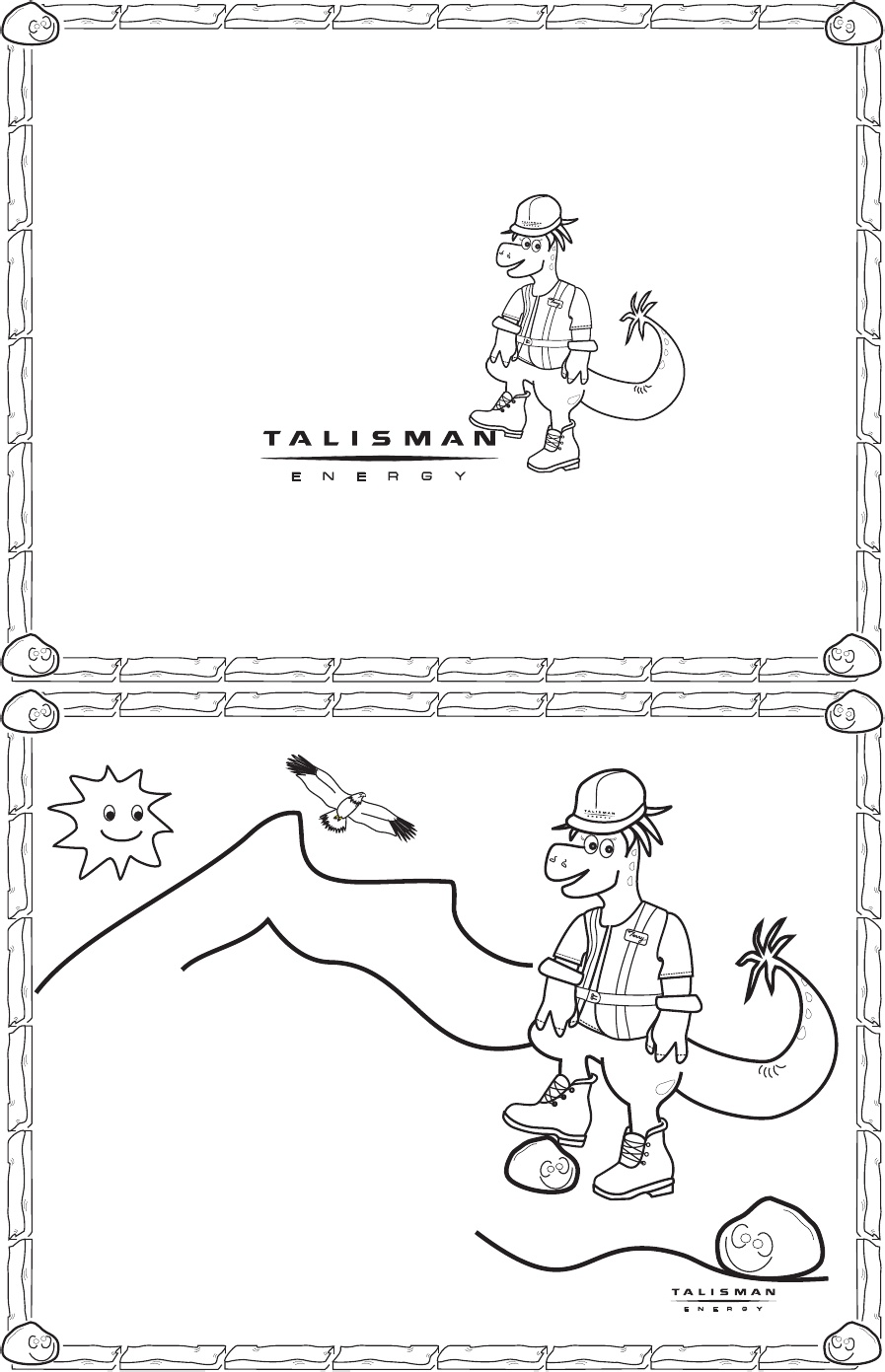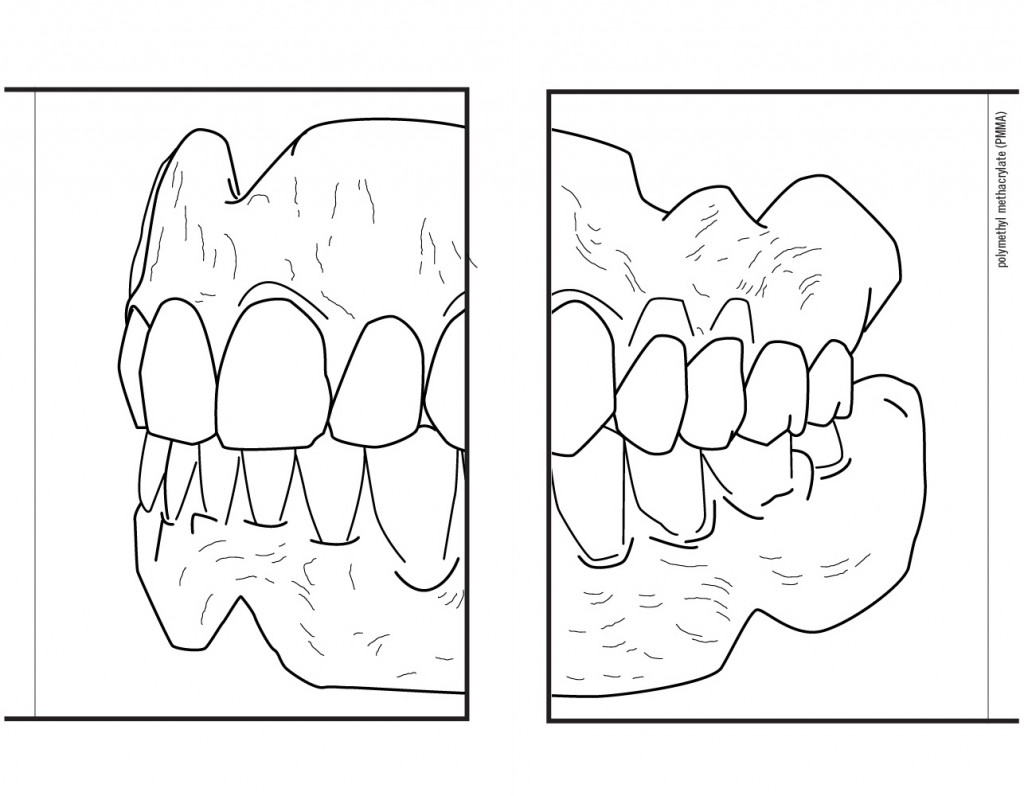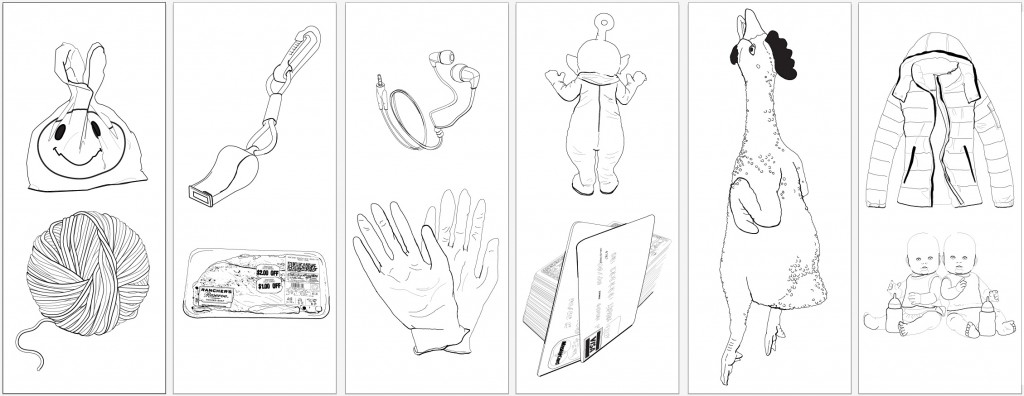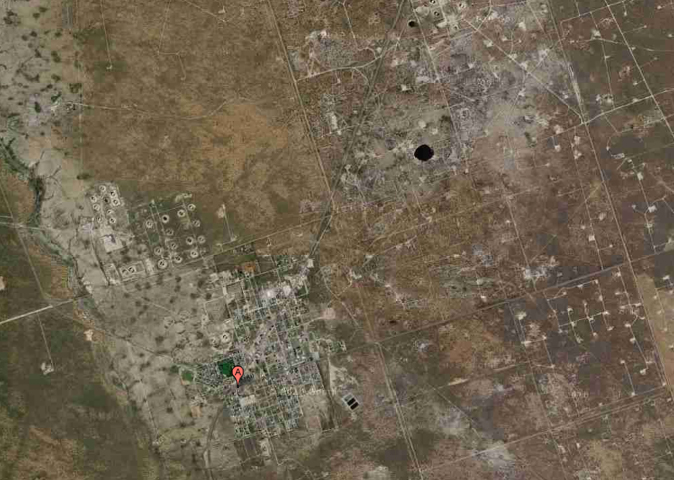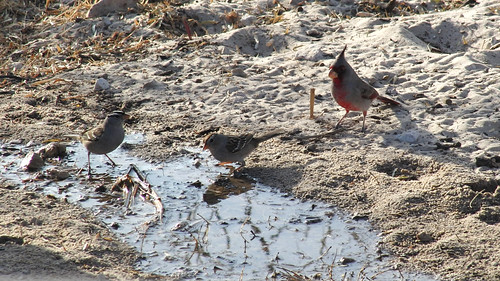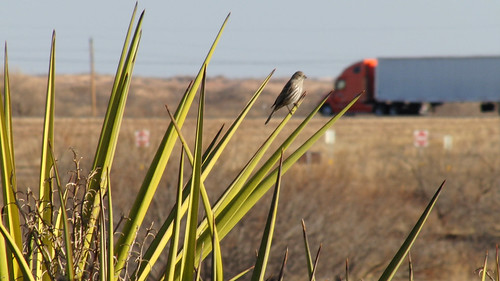Thanks, Diane Barber.
Study Says Fluids From Hydraulic Fracturing Killed Trees
(My emphasis added to the last line of the excerpt.)
A study that argues for more research into the safe disposal of chemical-laced wastewater resulting from natural gas drilling found that a patch of national forest in West Virginia suffered quick and serious loss of vegetation after it was sprayed with hydraulic fracturing fluids.
The study, by researchers from the United States Forest Service, was published this month in the Journal of Environmental Quality. It said that two years after liquids were legally spread on a section of the Fernow Experimental Forest, within the Monongahela National Forest, more than half of the trees in the affected area were dead.
The researchers said that the disposal section was less than half an acre in size “to minimize the area of forest potentially affected by the fluid application.” About 75,000 gallons were applied over two days in June 2008.
The study’s author, Mary Beth Adams, a soil scientist, said that if the same amount had been spread over a larger area, less environmental damage to the forest would probably have been resulted.
She said that there was little information in the scientific literature about such impacts and that the study indicated that “there are potential effects of natural gas development that we didn’t expect.”
Fluids From Hydraulic Fracturing Killed Trees, Study Says – NYTimes.com.
Book Review – What’s Gotten Into Us? – By McKay Jenkins – NYTimes.com
We all know by now — don’t we? — that many of the synthetic chemicals in our food, personal-care and cleaning products, toys and household goods are harming not just the environment but ourselves. Body-burden tests, for measuring exposure to chemicals, reveal flame retardants, plasticizers, pesticides and perfluorinated chemicals in the blood of almost every person studied. We see rising rates of some cancers, autoimmune disorders, reproductive illnesses, autism and learning disabilities. Meanwhile, our consumption of synthetic chemicals, a majority of which haven’t been tested for human health impacts, has skyrocketed. A growing number of books make the case that these phenomena are linked….
Consumers are hardly blameless, Jenkins says. We’ve allowed ourselves to become alienated from the products we use: we don’t know where they come from or how they’re made (let alone where they go when we’re done with them). The more this physical and psychological distance between our stuff and ourselves grows — a breach filled by brands — the more confused we get. “The dumber we feel, the less confident we are in our decisions,” Jenkins riffs. “The less confident we are, the more susceptible we become to the suggestion that everything is as it should be.” When we reach unthinkingly for a familiar brand, “we implicitly grant authority — and trust — to what manufacturers have told us, that a product is ‘safe.’ ” But doesn’t surrendering to corporate marketers cut both ways? Seventh Generation, a brand synonymous with a lighter environmental impact, is just as eager to win our trust as Dow Chemical.
excerpt from What’s Gotten Into Us? – By McKay Jenkins – NYTimes.com.
drawings jan 2011
The Thirsty Bird
Texas Ranging 08. The Wink Sink, the Petroleum Museum
Jan 16. It often smells bad when I am driving around. You can’t edit out the yellow grass, or the black mesquite (and its distribution now away from the draws, so that it dots most of the landscape), or the skies, or the oil pads, or the tanks, or the smells, or the invasive plants. I have edited out what I have not experienced: the radically different summer scape, replete with rattlesnakes and scorpions. And golf-ball hail season. And howling 60 MPH winds. And tornadoes. And wildflowers that bloom after rains (though there’s been a 100 day drought, burn ban, and some worry). But back to the smell: If every 1/4 mile you see a sign posted on a private gate stating Warning: Poison Gas, it can’t be A-Okay. I have heard from several people that you stop smelling it. Children brought up here don’t smell it at all. Small towns have big cancer causalities. Don’t ask, don’t tell. Most people here are fully embedded in the landscape, and if you want a job and any sense of community, you’re not outspoken or asking too many questions.
I got to see the Wink Sink #2.
I discovered this black spot while looking around the area on Google Maps’ satellite view; you can see the town of Wink at the bottom left, and a large and small black spot at the top right. The small hole opened in 2002 and is stabilized. The large hole is Wink Sink #2:
It started as a foot wide hole in 2006, and is still outgrowing its training fences.
It is disturbance geology in hyper fast forward. It has grandeur and looks delicious.
Electric lines and pipelines have been moved, and a county road is closed.
The cracks and faults that are appearing in proximity to the sinkhole are spooky, radiating out onto larger roads and the neighboring land.
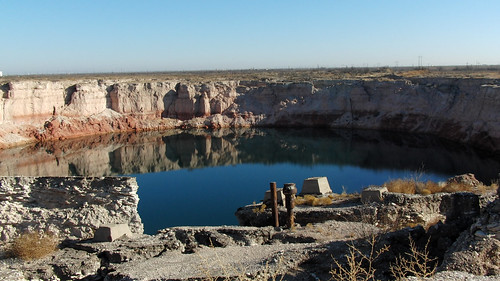
This landscape below was en route between Odessa and Kermit. I love the contrast of the yellow yellow grass of the Llano to the hidden sink hole with its deep, blue, blue water. I love the sfumato that much of this soft landscape offers.
+++
I stopped by Monahans Sand Hills State Park one last time. It really is my favorite retreat here; it’s a pocket dune desert, it’s empty this time of year, and it’s got magical properties. The trees near the Park HQ were full of Pyrrhuloxia (why does this bird lack a vernacular name?), who are apparently bullies to other birds:
There were strange tracks in the sand. Ranger said probably owl:
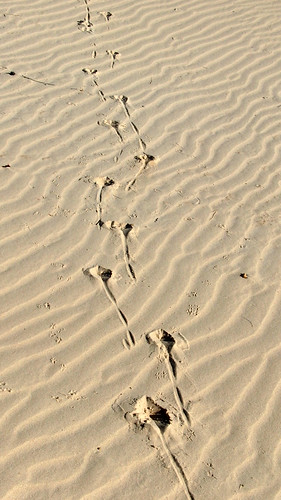
+++
OK, I have to go home and figure out what I am doing.
I left an extra day and a half, so I would know if I was done for now.
I’m done, and started to feel like I was driving aimlessly yesterday late afternoon.
I’ll be back, I am sure of it. I just need to figure out the next stage of work.
Meanwhile, I finished up the trip at the Permian Basin Petroleum Museum. Glad I waited. The exhibits filled in some holes, but didn’t frame my trek:
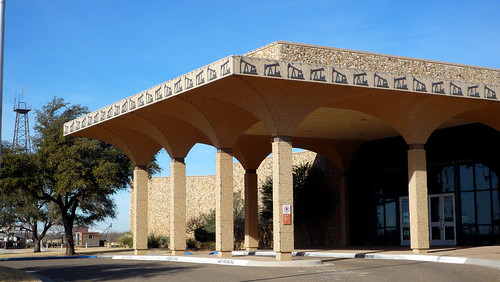
The Hall of Fame:

Core samples:
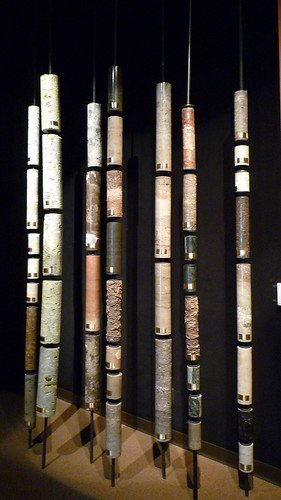
Caution! You are stepping back 230,000,000 YEARS:

A Permian Reef:
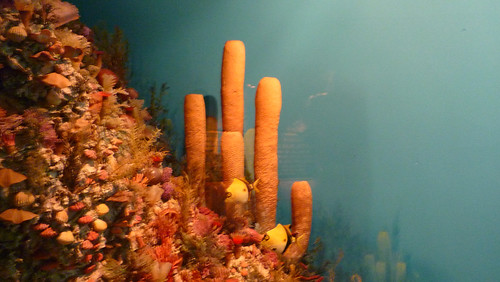
And captured some of the signs in Midland:

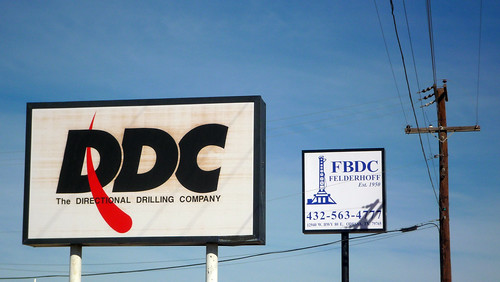

The penultimate mirage will be the cowboy:
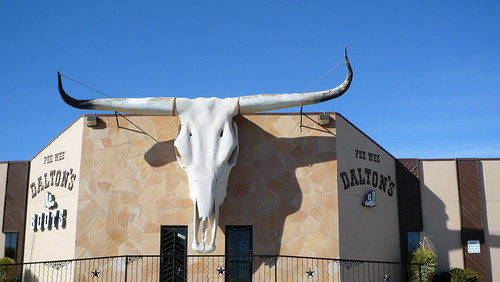
And the 19th century Comanche raiding party gets the final word…
